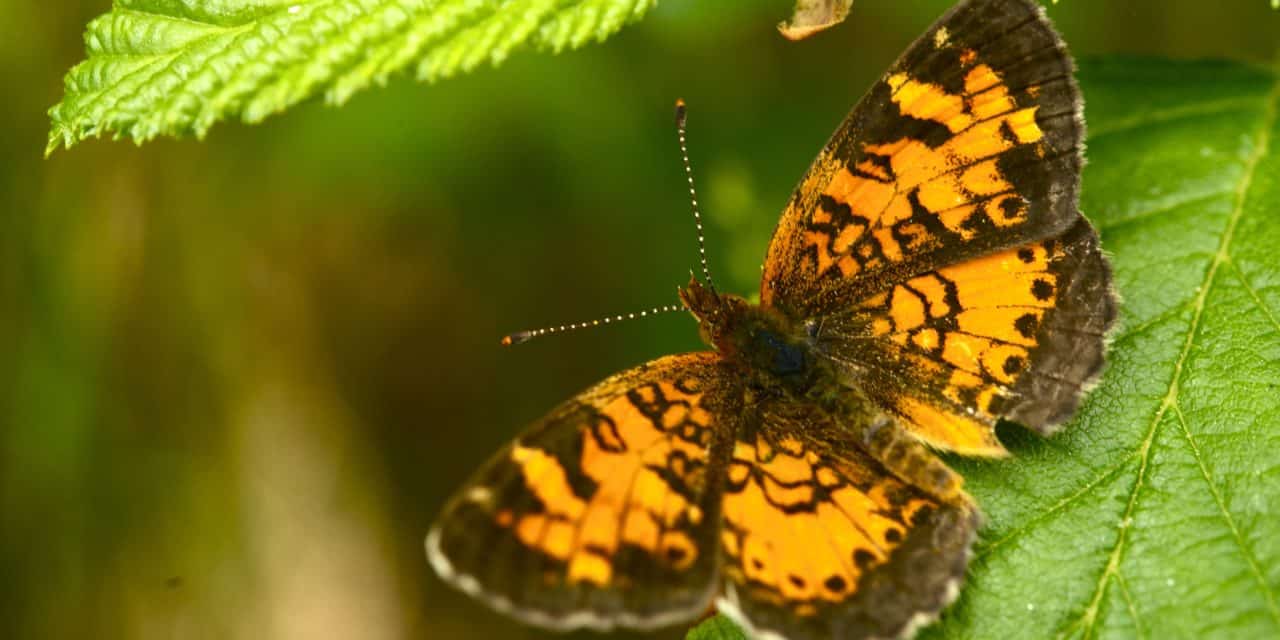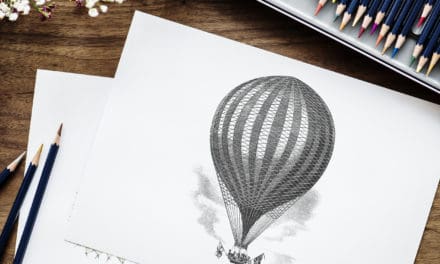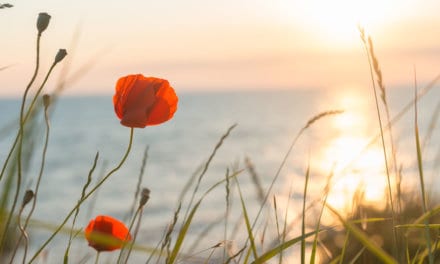Leaves of various sizes, shaped from ragged to round, a child’s finger to a man’s hand in width, flutter into a heap against the base of a wooden fence. Their colours of tan, green and yellow complement the silvered wood.
The wind, a warm north-westerly, has dragged them from their summer homes; the twigs and branches of nearby trees. It is, of course, time for them to fall. The wind is only helping with the process. And the wind’s job has barely begun with denuding the trees. It also needs to disburse the leaves as far away as it can carry them. So, the leaves in the heap are stirred up again and scattered to cover local lawns, pavements, roofs and street gutters in a blanket of camouflage colours.
With the wind comes rain. It falls from the clouded sky, pushed sideways by the wind, but obeying gravity, finally hits the ground. Leaves and lawns are wetted impartially. Just a little rain falls at first; a hint, not enough to be damaging but enough to paint wet freckles on the dry leaves. But as the rain continues, growing heavier, the compounded effect begins to tell.
When the earth has drunk its fill, puddles begin to form. Little leaf boats float and sink. Puddles overflow and the water trickles into the concrete gutters. The beginning is gradual, with barely enough water on the ground to move in a stream towards the distant ocean. As more rain feeds the stream it picks up velocity. Soon the water is too busy rushing downhill to seek ways around the leaves and other rubbish that litters the waterway.
Some of the leaves dance in this little river, for a while racing with the water, then stopping to kiss another leaf resting at the edge. When a twig floats past, the leaves grab it and wrap it within their soggy embrace as if they can reunite with the tree that so cruelly let them go. More leaves and twigs join the cluster, hugging close, until a ragged ball of organic matter bobs along with the flow.
Pushed by the wind, then landing lightly, pinned down by the rain, a piece of cellophane gets in front of the ball. It puts up no resistance as the leaves take charge of it, but its addition causes the ball to change shape. The water cannot pass through the cellophane so must travel sideways to continue its journey. The leaves are stretched to the sides of the ball. A twig, originally held fast, partially escapes and sticks out, ready to jam into a more stable environment.
A jagged edge of
As the water keeps on its unheeding journey it drops more pieces of litter at what quickly becomes an outthrust of land from the kerb. A round, plastic bottle top, coloured blue, changes the blockage’s look from camouflage to colour burst. Following the bottle top come leaves of a slightly different kind, brighter, paper sheets from a supermarket flyer.
The mass of mixed media now acts like a sieve, catching anything that the water brings through. As the water swirls over, around and through the
A drink can, shining aluminium, catches on a vertically sitting stick. Squashed flat when discarded, the can bumps around for a moment before landing firmly on its side. A leaf covers it across the middle, making what looks like a tiny bed.
A moth floats down, barely alive, broken beyond repair by the mixture of wind and rain. It lands with two legs on the can but without the strength to pull itself up. Its antennae quiver but it is defeated and waits to die. A cigarette butt, its paper cover flapping loose, pushes up beside the moth and nestles close.
A beep indicates a car being unlocked.
“Hurry, don’t let the weather in.”
One door slams, then another.
Two of pieces of paper-thin, flexible plastic, carefully folded and tied together with fine wire, drop from the passenger door. Creased and bound, the plastic has been transformed by origami into the shape of a butterfly.
The butterfly lands gently, barely caressing the stream of water. It floats, then a small gust of wind lifts it almost free of the stream. It rises in a parody of flight then falls to land against the can above the moth. Its wings provide umbrella-like protection from the weather. The moth, in its last living moments, is no longer exposed.
For a night the butterfly rests on the pile of debris. Slowly it sinks lower so the water washes over it. Gravel fills its creases.
Morning comes and people, busy scurrying to work, don’t look down. The butterfly lies unnoticed. A couple of women, walking at a more moderate pace, pass by. One glances down, surprised by the bright colour of the butterfly, a forest green against the mainly ochre leaves, but, distracted by her companion, continues on her way.
The day passes; showers and sunshine. People hurry on by, more interested in their destination and staying dry rather than what is blocking the gutter. Evening comes, twilight muting everything. The woman who had earlier noticed the butterfly’s colour returns, alone this time. She walks slowly, remembering.
She bends down and plucks the butterfly up. A firm shake removes some of the water and silt built up in its wings.
“Oh, my God! Wow!” she whispers.
Her fingers push the creases that make up the wings apart so she can confirm what she has found lying in the gutter. Numbers become visible, words, then a face, Her Majesty’s face. These two pieces of very thin, bent, plastic really are
– By Liz Homes, Author and NZIBS Graduate.
Liz Homes has been putting pen to paper for over 40 years. She has had success in the Rotorua Daily Post short story competition and in Hubbard’s 40th anniversary booklet “Kiwi Gemlets”. She also writes blogs for two websites.










